This article was co-authored by Lauren Urban, LCSW. Lauren Urban is a licensed psychotherapist in Brooklyn, New York, with over 13 years of therapy experience working with children, families, couples, and individuals. She received her Masters in Social Work from Hunter College in 2006, and specializes in working with the LGBTQIA community and with clients in recovery or considering recovery for drug and alcohol use.
There are 9 references cited in this article, which can be found at the bottom of the page.
wikiHow marks an article as reader-approved once it receives enough positive feedback. In this case, 84% of readers who voted found the article helpful, earning it our reader-approved status.
This article has been viewed 242,210 times.
If you have a family member who is codependent, it can lead to a tough family dynamic. Luckily, you can improve the situation by setting firm but loving boundaries and, if necessary, putting a little distance between you and that person. It might take a little time, but we're here for you, and if you're patient you might just be able to turn things around with your family member!
Steps
Help Recognizing and Handling Codependent Behavior
Expert Q&A
-
QuestionHow do you help someone with codependency?
 Lauren Urban, LCSWLauren Urban is a licensed psychotherapist in Brooklyn, New York, with over 13 years of therapy experience working with children, families, couples, and individuals. She received her Masters in Social Work from Hunter College in 2006, and specializes in working with the LGBTQIA community and with clients in recovery or considering recovery for drug and alcohol use.
Lauren Urban, LCSWLauren Urban is a licensed psychotherapist in Brooklyn, New York, with over 13 years of therapy experience working with children, families, couples, and individuals. She received her Masters in Social Work from Hunter College in 2006, and specializes in working with the LGBTQIA community and with clients in recovery or considering recovery for drug and alcohol use.
Licensed Psychotherapist Encourage them to set boundaries. Even in a very intimate relationship, like a romantic partnership or a parent-child relationship, there should be fairly defined boundaries. In a codependent relationship, those boundaries either don't exist or they're very weak, so neither person really has their own separate identity.
Encourage them to set boundaries. Even in a very intimate relationship, like a romantic partnership or a parent-child relationship, there should be fairly defined boundaries. In a codependent relationship, those boundaries either don't exist or they're very weak, so neither person really has their own separate identity.
References
- ↑ https://psychcentral.com/lib/what-is-codependence/
- ↑ https://www.psychologytoday.com/us/blog/presence-mind/201406/does-codependence-run-in-your-family
- ↑ https://psychcentral.com/lib/symptoms-of-codependency/
- ↑ https://psychcentral.com/lib/symptoms-of-codependency/
- ↑ https://www.marrinc.org/codependency-recovery/
- ↑ https://blogs.psychcentral.com/imperfect/2017/04/codependency-and-the-art-of-detaching-from-dysfunctional-family-members/
- ↑ http://www.mentalhealthamerica.net/co-dependency
- ↑ http://www.nonviolentcommunication.com/aboutnvc/4partprocess.htm
- ↑ https://blogs.psychcentral.com/imperfect/2017/04/codependency-and-the-art-of-detaching-from-dysfunctional-family-members/
About This Article
If you have a codependent family member, first try to identify if there are any ways that you enable their codependence, such as lending them money and doing chores for them. Then, start to distance yourself from those codependent behaviors by establishing personal boundaries, like only seeing your family member during certain times. If you find yourself being pressured into doing something you don’t want to, calmly hold your ground by saying something like, “Sorry, I just wouldn’t be comfortable doing that.’ You might also want to take some alone time to focus on your own needs and find clarity in your own thoughts. For more tips form our Counselor co-author, including how to recognize codependent behaviors, read on!
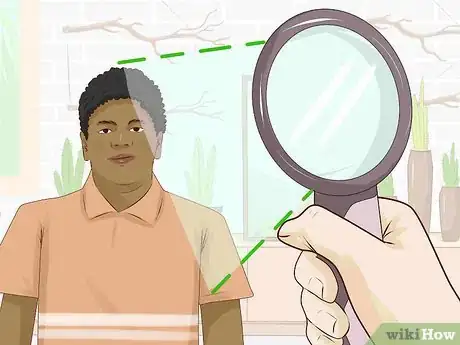


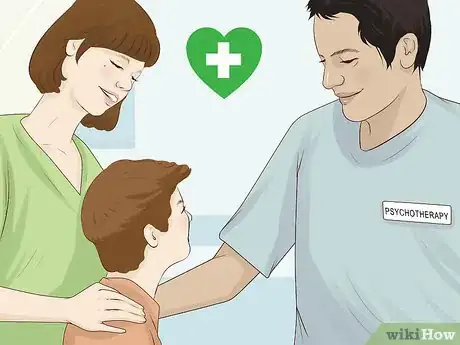

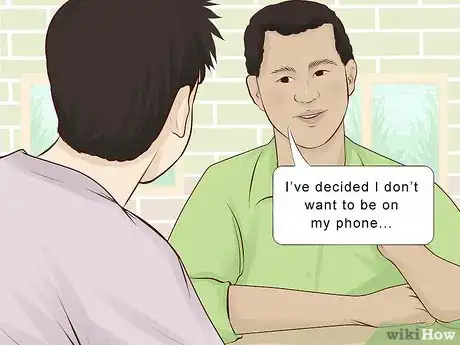


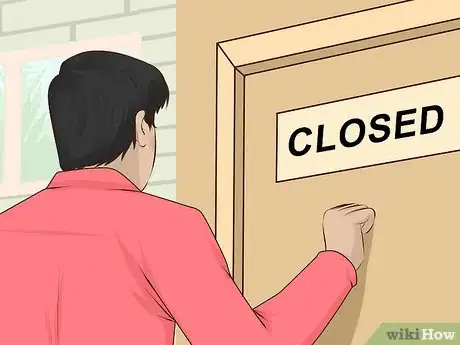



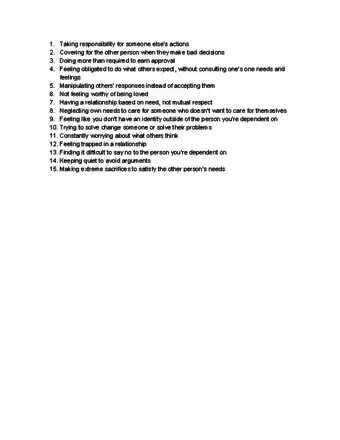












-Step-17-Version-2.webp)


















































